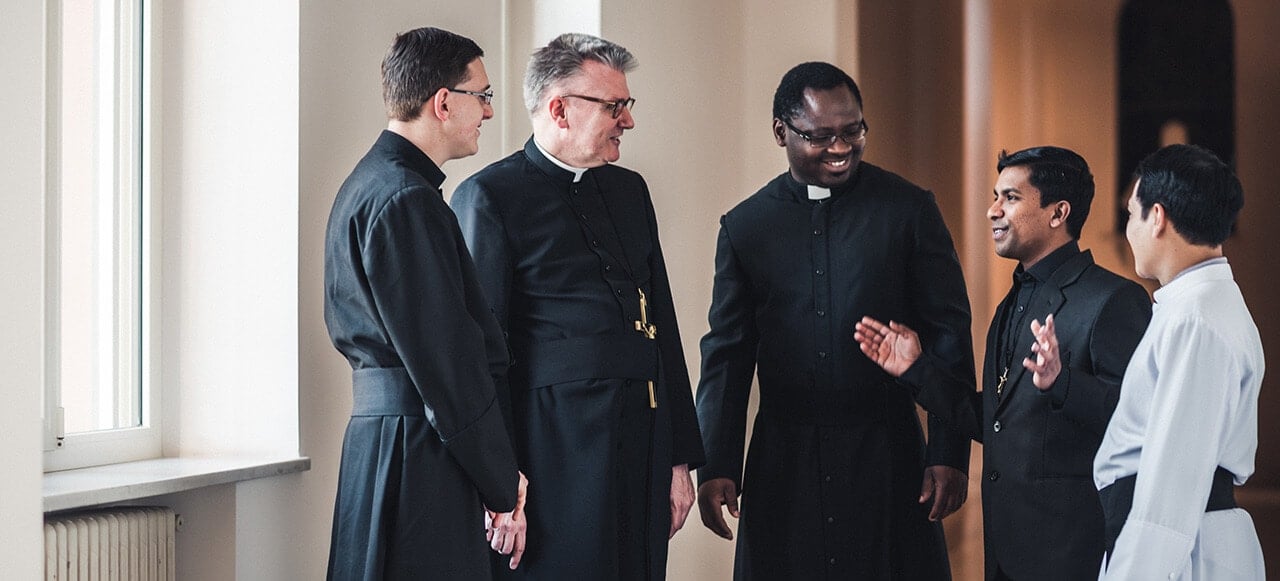In our days, scourges still decimate our populations. Fratricide wars, as Rwanda and Bosnia, are disastrous and interminable. Cancer and Aids are severe threats for humanity. In the last century, people were more worried about the calamities caused by cholera and typhus fever.
As soon as they arrived in Ceylon (Sri Lanka) in 1847, the Oblate missionaries had to combat a long epidemic of cholera. From 1850 to 1855, this terrible scourge devastated almost all their missions. The professional fishermen in the large city of Jaffna were the first to be afflicted. One thousand Catholics of the 6,000 who could be counted in that city were carried away. Christians were ceaselessly directing their ardent supplication toward heaven.
Bishop de Mazenod worried about his Oblates laboring under this calamity. On December 8, 1854, he had assisted, in Rome, at the Proclamation of the Dogma of the Immaculate Conception. When he returned to Marseille, he immediately wrote to Father Etienne Semeria. His enthusiasm overflowed as he suggested a redoubling of fervor in devotion to the Virgin Mary. “Have confidence,” he wrote “exhort your faithful to a greater devotion toward our patroness who is all gentle and all powerful.” Three days of Marian prayers were declared to ask for the cessation of this overly prolonged epidemic.
Father Duchaussois, in his book Sous les Feux de Ceylan (Under the Fires of Ceylon) recalls this Marian triduum: “There was a procession each day. The prayers rose fervently, but the cholera persisted. On the afternoon of the third day, as two more victims had been buried, the final procession began. Catholics, Protestants, and pagans had decorated their dwellings along the route where Mary passed. As Father Semeria, in the name of all the people, ended the Act of Consecration to Mary, a wave of bliss seemed to flow from the throne of Mary and envelop the assembly. People ran to the hospitals. All the cholera patients were smiling. On the next day 40 of them were released, soon followed by 300 others. The miracle of the Immaculate Conception had brought back life. The proclamation was unanimous.
“Much later, on certain occasions, cholera would return. But it would never again attain regions as vast as in 1850. If epidemics continue to strike the bodies, at least the missionaries will always have the time to save the souls.”
André DORVAL, OMI
